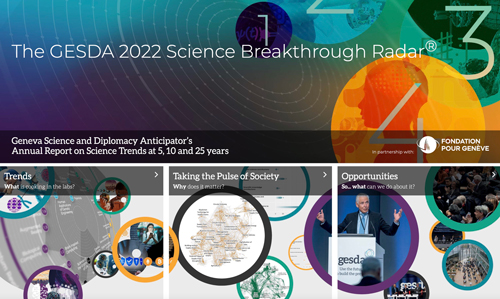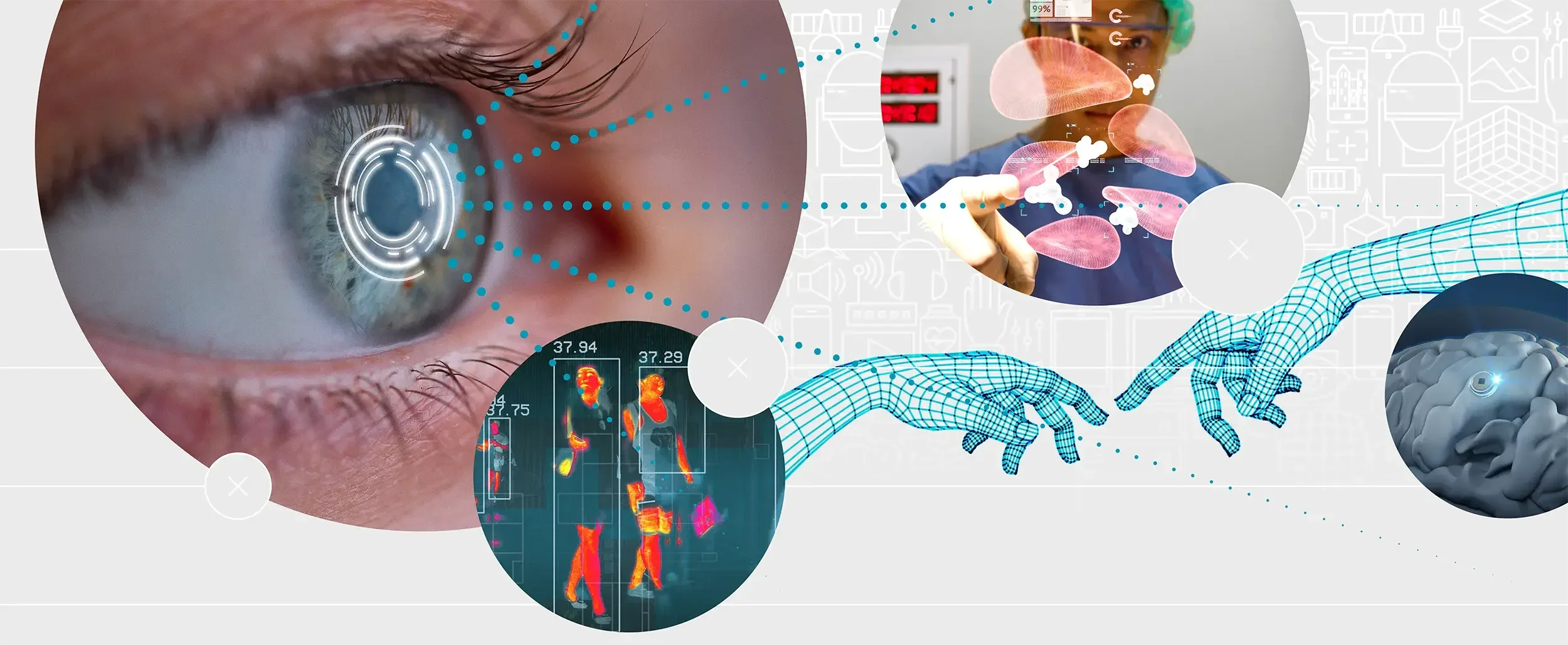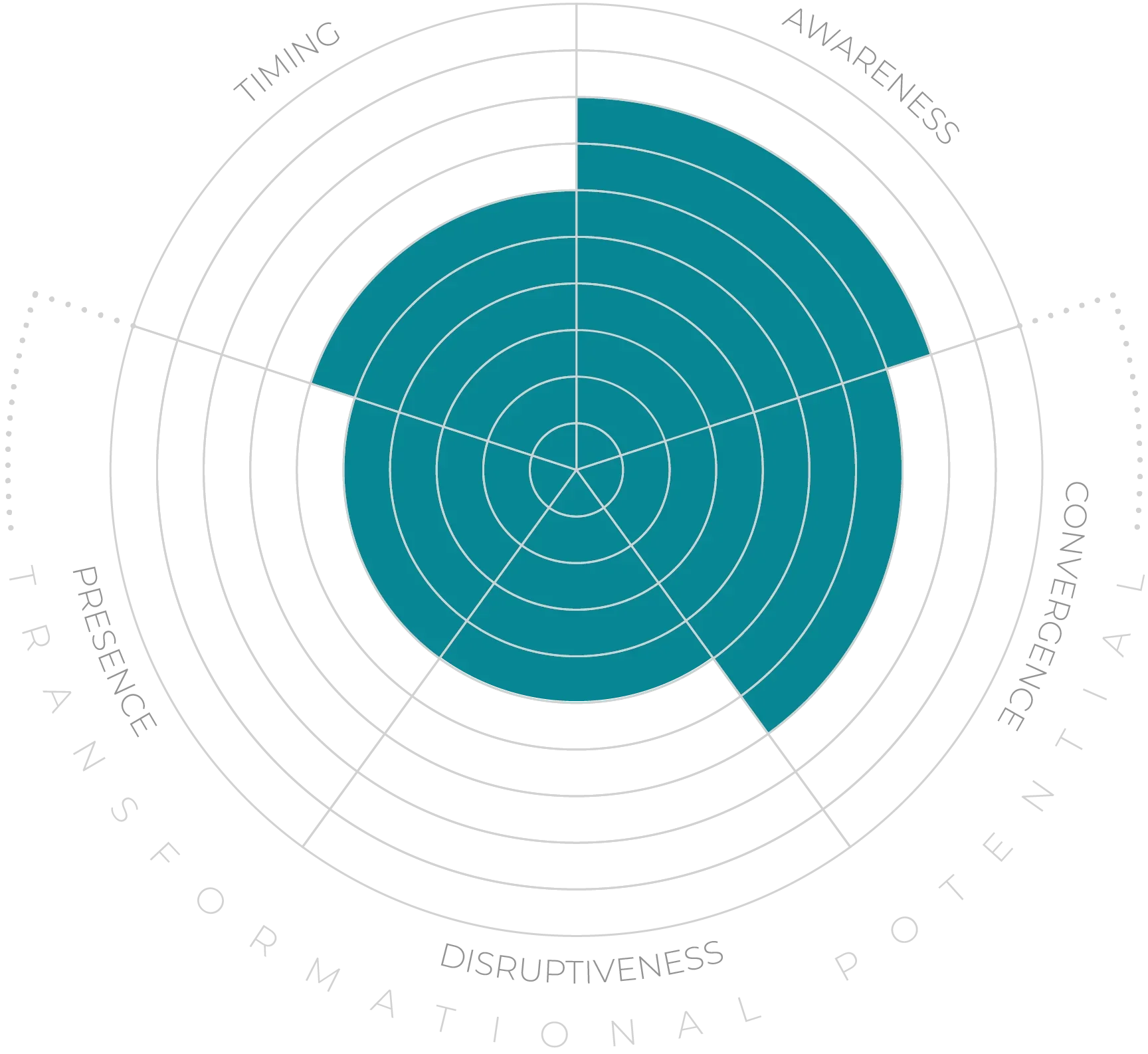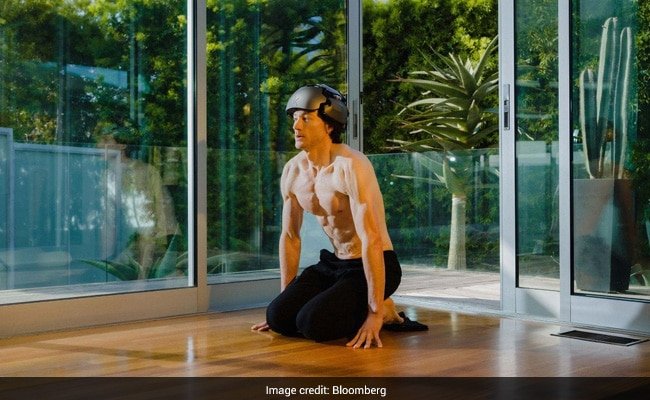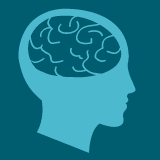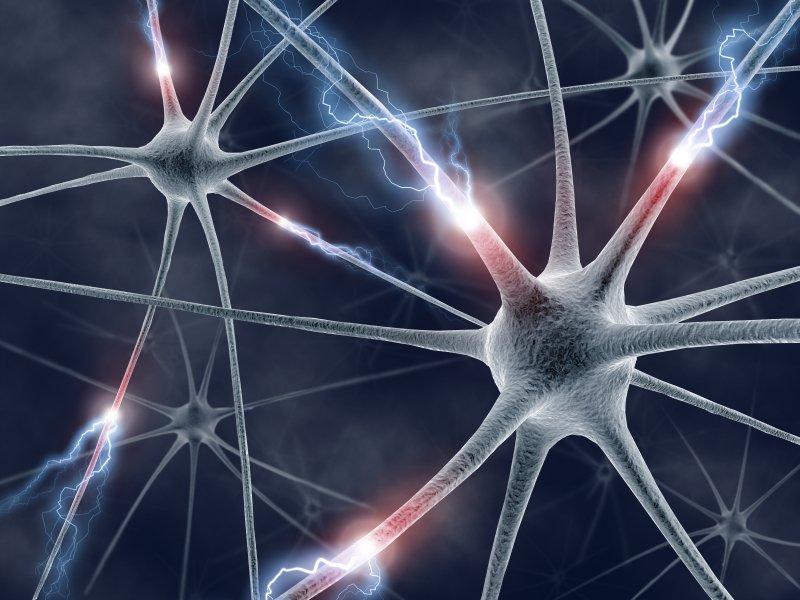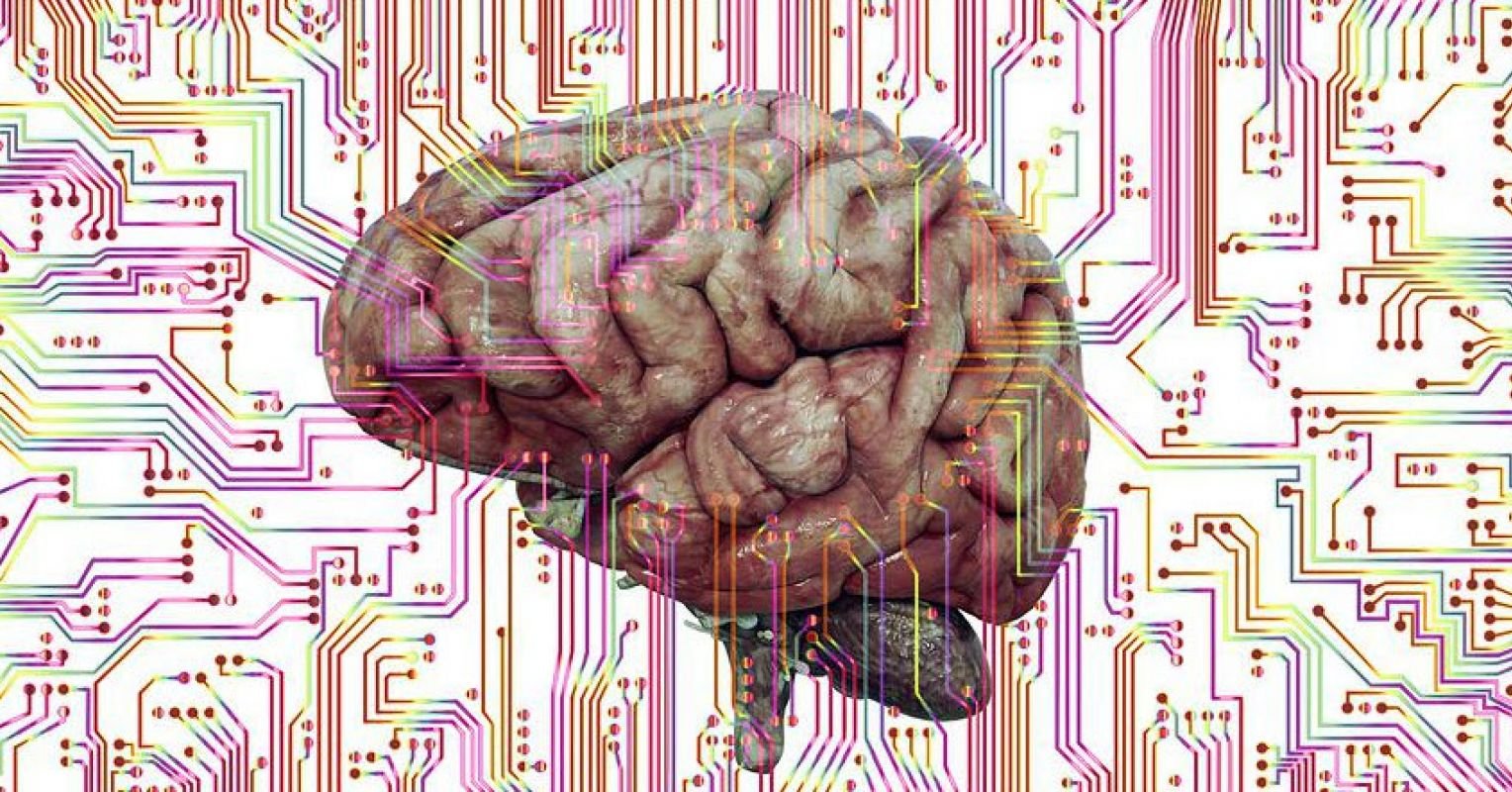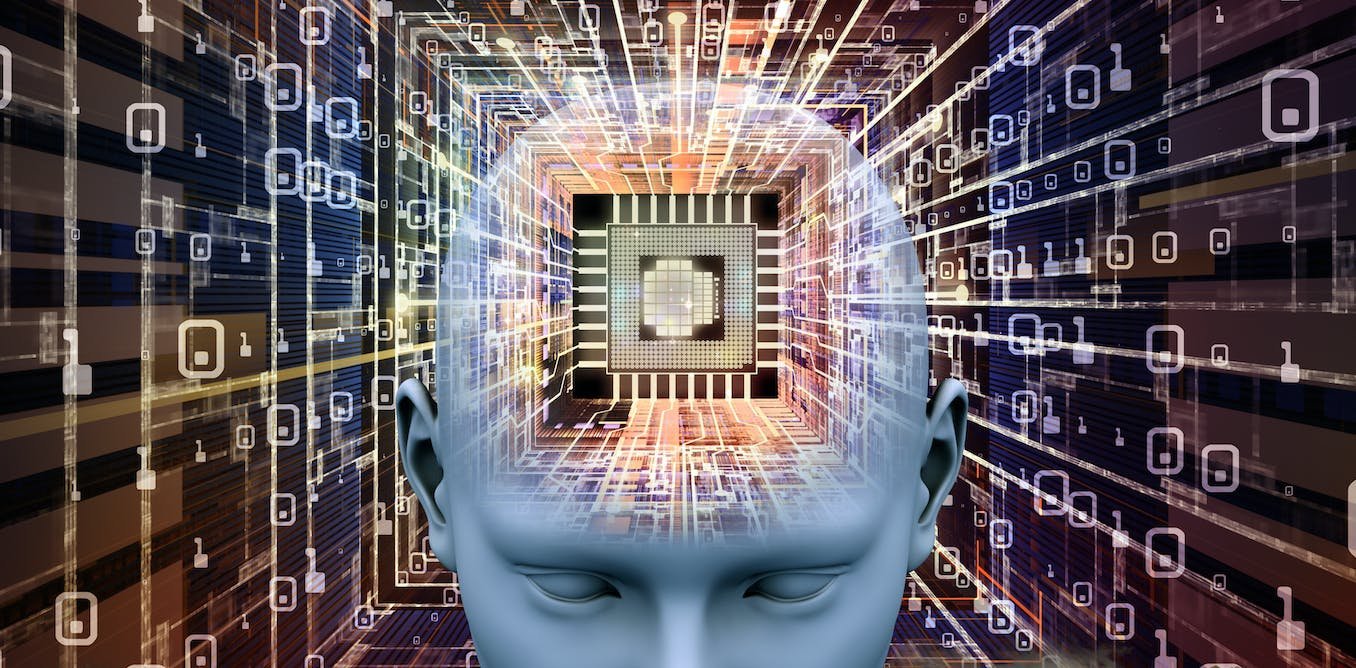Therapeutic neuromodulation (precisely targeted non-invasive technology like tDCS) has successfully brought minimally conscious patients back towards higher consciousness.18 “Closed-loop” neuromodulation is able to act on, and sense, brain state based on feedback.1920If deployed in line with a set of internationally validated guidelines to diagnose the presence or absence of consciousness, a combination of these technologies could be standardised to wake people from comas.
Brain-machine interfaces can help to augment human consciousness in three different ways.21 First, by augmenting the sensory inputs (already happening through gene therapy, cochlear and retinal implants). Second, by interfacing with a different type of body: robotic appendages with different, non-human degrees of freedom are already at work in factories and in surgical suites, and make their operators navigate the world with a different body plan thereby altering their mental model of the world. Third, by interfacing with AI: this can mitigate standard cognitive biases and improve on standard human consciousness.
